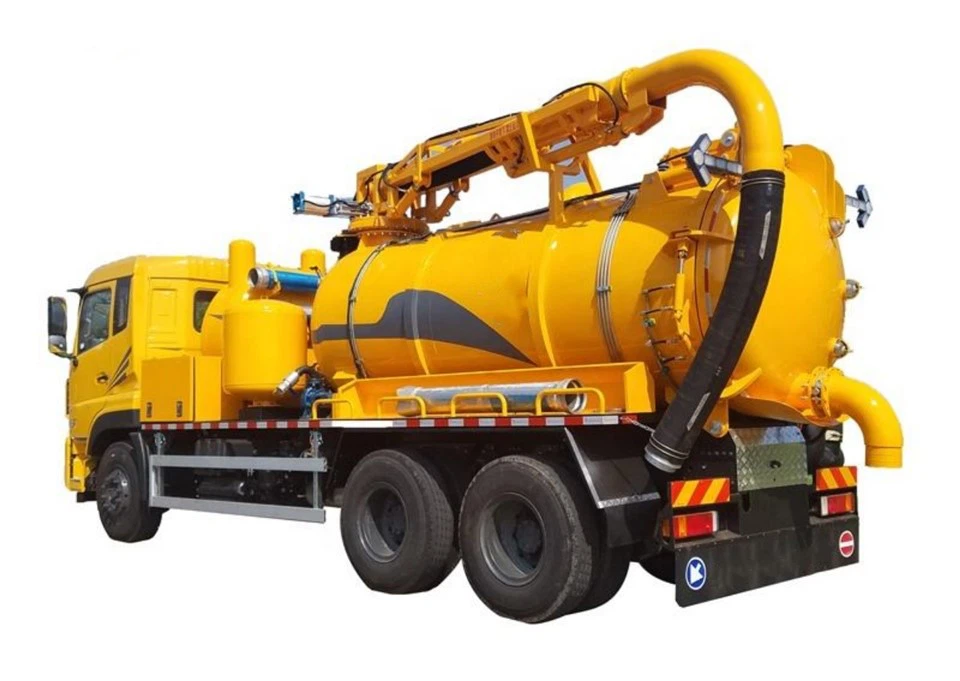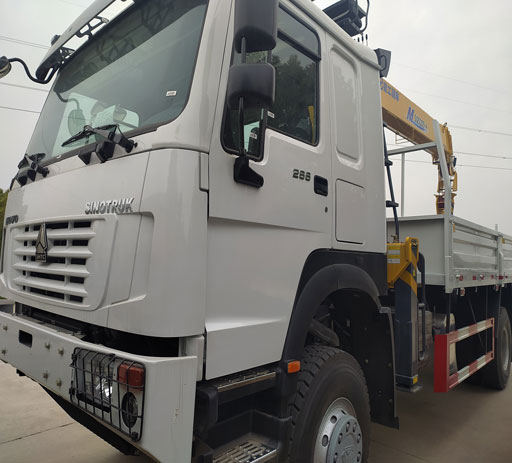Understanding Kenworth Cab Chassis: A Comprehensive Guide

The Kenworth cab chassis is a versatile platform that serves as the backbone for various vehicle applications, from delivery trucks to construction vehicles. Known for durability and customization, these models are designed to meet the diverse needs of commercial operators. In this article, we will dive deep into the features, benefits, options, and practical uses of Kenworth cab chassis.
What is a Kenworth Cab Chassis?
A Kenworth cab chassis is a type of truck designed without a specific body or cargo load, consisting of just the cab and the frame. This modular design allows businesses to customize the truck for various applications, such as flatbeds, box trucks, and specialized vehicles like tow trucks.

Key Features of Kenworth Cab Chassis
- Durable Construction: Built from high-strength materials that withstand heavy loads.
- Engine Options: Typically available with various engine configurations, including diesel and alternative fuels.
- Wheelbase Options: Multiple options are available to meet different operational needs.
- Advanced Technology: Equipped with modern technology for better efficiency, safety, and driver experience.
Benefits of Choosing a Kenworth Cab Chassis
1. Customization Potential
The foremost benefit of a Kenworth cab chassis is customization. Businesses can tailor the truck to their specific requirements without buying a complete vehicle, greatly reducing waste and unnecessary costs.
2. Cost-Effective Solutions
Choosing a cab chassis allows buyers to invest in the parts they need while leaving out those they don’t, making it a financially sound choice for many businesses. Additionally, maintenance of a cab chassis can be more cost-effective due to its straightforward architecture.
3. Superior Performance
Kenworth is known for its high-quality engineering. The cab chassis offers excellent power and capability for hauling and towing various loads, making it suitable for construction, logistics, and transportation sectors.
4. Enhanced Comfort and Safety
Modern Kenworth cab chassis models come equipped with safety features and ergonomic cabs designed to enhance driver comfort, leading to improved productivity on the job.
Different Models of Kenworth Cab Chassis
Kenworth offers several models of cab chassis that cater to varying needs and preferences.
1. Kenworth T370
The T370 is a medium-duty cab chassis that is ideal for local delivery and light duty work.
- Engine: PACCAR PX-7, 325 hp
- Typical Applications: Delivery, utility, and multiple other options
2. Kenworth T680
The T680 is designed for maximum comfort and efficiency, making it popular for long-haul applications.
- Engine: PACCAR MX-13, 565 hp
- Typical Applications: Long-haul trucking, heavy hauling
3. Kenworth W990
This classic long-nose model is known for its ruggedness and stellar appearance, suitable for a variety of uses.
- Engine: PACCAR MX-13, up to 605 hp
- Typical Applications: Heavy towing, construction, and specialty applications
How to Choose the Right Kenworth Cab Chassis for Your Needs
1. Identify the Application
Understanding the specific job requirements will help narrow down the selection process. Consider factors such as payload, space, and design.
2. Evaluate Engine Options
Engine power is critical. Choose an engine that suits the type of cargo and distance you’ll be covering to ensure optimal performance.
3. Consider Customization Needs
If you need specific features or vehicle capabilities, factor in the availability of aftermarket or factory customization options.
4. Factor in Budget
Calculate the total cost of ownership, including purchase price, maintenance, fuel costs, and possible upgrades.
5. Review Financing Options
Look into leasing or financing options that can help manage initial costs while providing flexibility for future upgrades.
Maintenance Tips for Kenworth Cab Chassis
1. Regular Inspections
Conduct routine inspections of the vehicle’s key components, such as brakes, tires, and lights, to ensure everything is functioning correctly.
2. Follow the Manufacturer’s Service Schedule
Adhere to Kenworth’s recommended service intervals for oil changes, tire rotations, and other essential services to extend the lifespan of your cab chassis.
3. Train Drivers
Invest in training for drivers on proper usage, maintenance checks, and safety protocols related to the cab chassis to prevent accidents and extend its longevity.
4. Store Properly
When not in use, storing the truck in a climate-controlled area can prevent damage from weather and environmental conditions.

Practical Examples of Kenworth Cab Chassis in Use
1. Delivery Services
Companies like FedEx utilize Kenworth cab chassis for their delivery trucks, allowing flexible loading configurations for packages of different sizes.
2. Construction Industry
Construction companies often customize Kenworth cab chassis as dump trucks and flatbeds, integrating features like tool boxes or cranes.
3. Emergency Services
Fire departments and emergency service providers can modify Kenworth cab chassis into fire trucks or ambulances, leveraging the strength and reliability Kenworth is known for.
Frequently Asked Questions (FAQ)
1. What is the average lifespan of a Kenworth cab chassis?
The average lifespan of a Kenworth cab chassis can exceed 1,000,000 miles with proper maintenance and care.
2. Are there financing options for purchasing a Kenworth cab chassis?
Yes, many dealerships offer financing or leasing options to make it easier for businesses to acquire a Kenworth cab chassis.
3. Can I customize my Kenworth cab chassis?

Absolutely! Kenworth cab chassis are designed to be customized according to the specific needs of your business.
4. What type of fuel efficiency can I expect from a Kenworth cab chassis?
Fuel efficiency varies based on the engine and load but generally ranges between 6 to 8 miles per gallon for medium-duty cab chassis.
5. Where can I find parts for maintenance?
Parts can be sourced from authorized Kenworth dealerships, online retailers, or through specialty parts suppliers.
6. Are Kenworth cab chassis suitable for off-road use?
Many Kenworth models are equipped with features suitable for mild off-road conditions, but it’s essential to review specifications if the primary use involves rough terrains.
